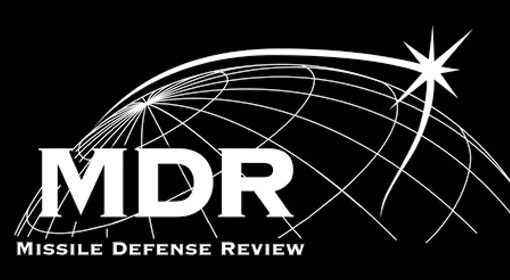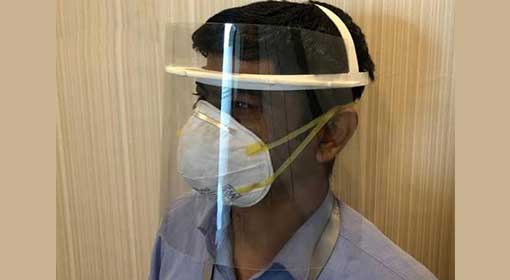Chandipur: On Friday, the Defence Research and Development Organisation (DRDO) tested the ‘Solid Fuel Ducted Ramjet’ (SFDR) technology that speeds up the missile. The test was completely successful. Moreover, it is claimed that this technology will be important for the long-range missiles of the future. SFDR technology is available in a limited number of countries globally, and India will join the league after completing the test of SFDR technology. Therefore, the success of SFDR tests is considered to be very important.
DRDO is being applauded for the achievement. SFDR technology is based on Ramjet propulsion technology. This is a kind of booster engine that will further strengthen the missiles. DRDO has developed SFDR in collaboration with a Russian company. SFDR was tested at the DRDO base at Chandipur in Odisha on Friday at 10.30 am. The test happened to check the functioning of the Ground Booster and Nozzle Lace Booster technologies. DRDO informed that Telemetry and Radar had been deployed during the SFDR test to keep an eye on the benchmarks.
SFDR is a propulsion System, and it has Nozzle Lace Booster and Fuel Sustainer propellants. This gives additional energy to the missile. The missile noise also is reduced while approaching the target. The missile also can hit a moving target.
The SFDR technology can be very effectively used in air-to-air, surface-to-air missiles, along with anti-radiation and anti-tank missiles. The missiles with this technology can be deployed on the Mig-30, and other fighter jets, along with the recently inducted Rafale fighter jets. With the Ramjet technology, India will be able to develop long-range missiles travelling at higher speeds.
As per a report, DRDO is developing an Astra-Mark-I missile and SFDR technology will be used in this missile. Dual Pulse Solid Rocket Motors have been used in the Astra-Mark-I and Astra-Mark-II missiles. Astra-Mark-I is already inducted in the defence forces and tests are being conducted for Astra-Mark-II. The range of Astra-Mark-I is 110 kilometres, but the range of Astra-Mark-II is 160 kilometres. The range of the Astra-Mark-III, being developed by the DRDO, will be 350 Kilometres.
SFDR tests started in 2018. In May 2018, the test of SFDR had failed. But it was tested successfully in February 2019. Thereafter, the technology is being tested after a gap of almost 2 years and the development of the technology is nearly complete. As only a few developed countries have this technology, India will now be included in these elite countries’ list.












